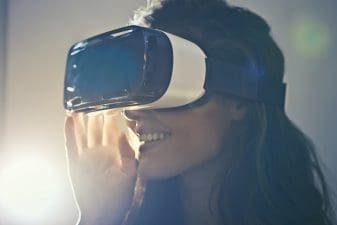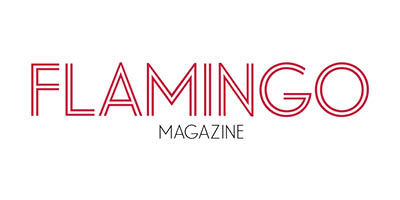As technology continues to evolve at an unprecedented pace, the realms of graphic design and augmented reality (AR) have begun to intersect in fascinating ways. Augmented reality, a technology that overlays digital information onto the physical world, is changing the very fabric of graphic design. From interactive branding experiences to enhanced learning and collaboration, AR is opening new avenues for innovation in graphic design. This article delves into the various ways augmented reality is transforming the graphic design landscape and the potential implications for professionals in the media industry.
A New Dimension to Design
- Beyond Two-Dimensional Space Traditional graphic design has mostly been confined to two-dimensional spaces. AR, however, introduces a third dimension to design. This added depth allows designers to create immersive experiences that engage users on multiple levels. For instance, with AR, a poster can come to life with moving graphics or a 3D model that users can interact with.
- Spatial Awareness Augmented reality is inherently spatial – it understands and responds to the environment’s geometry. This means that graphic elements in AR are not just static images; they can react to the world around them. For example, an AR-infused logo could react to the viewer’s proximity or orientation, creating a dynamic and personalized branding experience.
Revolutionizing Branding and Advertising
- Interactive Campaigns Brands are using AR to create marketing campaigns that are interactive and engaging. By overlaying digital content onto the physical world, companies can provide consumers with an immersive experience that transcends traditional advertising methods. For instance, a customer might scan a product’s packaging with their smartphone to unlock an AR experience, such as a 3D model of the product or an interactive game.
- Personalized Experiences AR enables brands to offer personalized experiences based on user data and preferences. For instance, an AR application might use a user’s location data to offer location-specific content or use facial recognition to tailor content to the user’s emotions.
Enhancing Education and Training
- Interactive Learning Materials Educational institutions and companies can use AR to create interactive learning materials. For instance, a textbook could come to life through AR, allowing students to interact with 3D models and animations that reinforce learning.
- Skill Development for Designers For professionals in the graphic design industry, AR offers a new set of tools and skills to learn. Understanding AR technologies, 3D modeling, and programming can make a designer more versatile and valuable in the job market.
Streamlining Collaboration
- Virtual Design Spaces AR enables remote teams to collaborate in virtual spaces that mimic physical environments. For example, designers could use AR glasses to interact with a shared 3D model, annotate it, and see each other’s changes in real time.
- Client Presentations Presenting designs to clients through AR can provide a more comprehensive understanding of the concepts. Clients can interact with the designs, providing immediate feedback and fostering a more collaborative relationship.
Challenges and Considerations
- Technological Limitations Although AR holds immense potential, it’s also subject to technological limitations such as device compatibility, processing power, and battery life. These constraints can sometimes hinder the full realization of an AR graphic design project.
- Ethical Considerations As with any technology that collects user data, there are ethical considerations surrounding privacy and data security. Designers must consider these concerns and employ best practices to ensure user trust.
Augmented reality is undeniably reshaping the landscape of graphic design by adding depth, interactivity, and personalization. While there are challenges and considerations to be considered, the opportunities for innovation are immense. For professionals in the media industry, staying abreast of AR technologies and honing relevant skills is vital for career advancement and contributing to the evolution of graphic design.
Also on Mediabistro


As the lines between the physical and digital worlds continue to blur, the role of the graphic designer is expanding. Those who embrace augmented reality as a tool for creativity and communication will find themselves at the forefront of a transformative wave in design. Incorporating AR into graphic design not only enhances the way we engage with content but also has the potential to redefine the very nature of visual communication.
Graphic designers and media professionals should consider investing time in understanding the technical aspects of AR, collaborating with experts in the field, and experimenting with new design approaches. Through innovation and adaptation, augmented reality can be a powerful medium for telling stories, creating immersive experiences, and connecting with audiences in novel and meaningful ways.
In the years to come, as AR technology becomes more advanced and accessible, it is expected to become an integral part of the graphic design process. From branding and advertising to education and collaboration, AR promises to enrich the graphic design landscape with endless possibilities.
By staying informed, adaptable, and open to innovation, graphic designers and media professionals can harness the potential of augmented reality to create a more dynamic, engaging, and transformative visual landscape for all.
Topics:
Skills & Expertise









